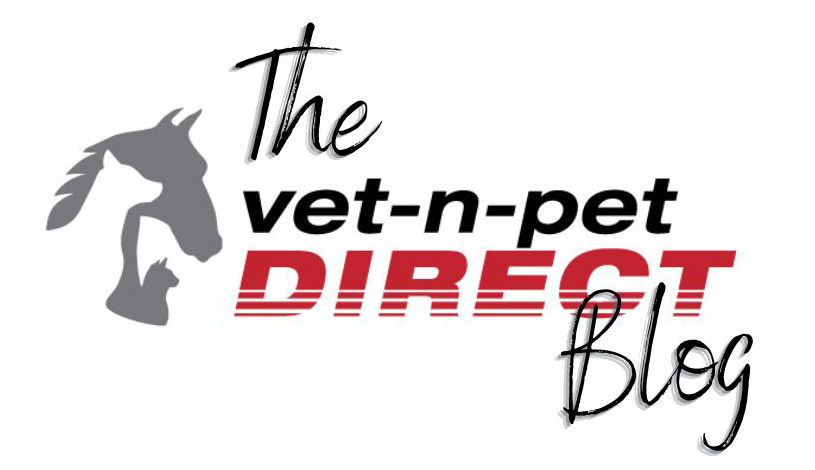
My little pony Dudley, like many ponies out there, suffers from chronic laminitis. We often find that during the warmer months of Spring and Summer it can flare up causing him great discomfort. His flare up’s usually occur after we have a bit of rain and the grass grows rapidly, which Dudley then over indulges on.
Laminitis is the second biggest killer of horses, second only to colic. This makes it one of the most feared equine conditions as it can strike any breed, age or sex. Laminitis is a painful and crippling condition in which the laminae of the hoof becomes inflamed. The laminae are the structures responsible for holding the hoof wall to the pedal (coffin) bone in the hoof.
Laminitis is often considered a “fat pony” problem and associated with overfeeding, however there are a number of different factors that can contribute to the onset of laminitis, including;
* Obesity
* Overeating or an excessive intake of grain or grass
* Trauma or injury
* Hoof concussion caused by continual working on hard ground
* Stress – from illness, transport or overworking
* Infections or toxaemia like retained membranes post foaling, placentitis or post surgery infections
* Hormones – problems with thyroid or pituitary function
* High insulin levels associated with Equine Metabolic Syndrome
A horse can suffer from acute laminitis which will typically only last for a few days if it is treated promptly and the underlying cause of the laminitis is managed. A horse that suffers from acute laminitis will often heal and not go on to develop chronic laminitis. Chronic laminitis, commonly referred to as Founder, is more severe and requires long term care and management. In chronic laminitis cases the laminae can become so inflamed that the structure of the hoof is compromised as the laminae swells causing the hoof wall and the pedal bone to separate which can result in the pedal bone dropping or rotating.
The signs and symptoms of laminitis vary depending on the severity of the case and can include;
* Depression
* Lameness
* Reluctance to walk or turn
* Heat in the hooves, especially around the coronet band
* Pain when pressure is applied to the sole of the foot
* An increased or bounding digital pulse in the affected feet
* Shifting weight from foot to foot
* The classic laminitis stance – front legs outstretched and rocking back to move weight onto the back legs
* Increased periods of lying down
* The hoof may change shape and have a more sloped angle when the pedal bone has dropped or rotated.
* Some horses may appear to be in severe pain while other horses suffering from laminitis may show little to no pain
The most important part of treating laminitis is trying to make the horse comfortable and to reduce the inflammation within the hoof and laminae. A vet will administer non steroidal anti-inflammatories and try to determine and treat any underlying factors that may have caused the laminitis. Putting the horse in a box with deep soft sawdust or in a paddock with soft ground can also help relieve the pressure on the hoof. A farrier that is familiar with laminitis cases may also be required to trim the horses feet to help support the hoof and relieve some pressure from the frog, laminae and pedal bone. I keep Dudley on Founderguard all year round to help reduce the risk of a laminitis flare up. Founderguard helps reduce the risk of feed induced laminitis in horses on high grain feeds or grazing lush paddocks.
Unfortunately treatment of laminitis can be expensive and is often very time consuming, requiring life long management and many horses will never recover from chronic laminitis.
If you notice any signs or symptoms of laminitis or even suspect laminitis you should contact a veterinarian immediately.
Until next time,
Bec
